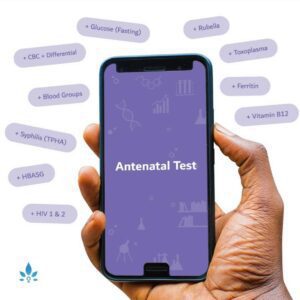Symptoms and Treatment of Osteosarcoma in Children


The term “osteo” typically refers to conditions affecting the bones. This is true for osteosarcoma, a form of bone cancer that impacts children. This cancer type is the sixth most common cancer in children and typically impacts boys more than girls in the later teen years, according to KidsHealth. Osteosarcoma can have some genetic influences. The gene that causes osteosarcoma is also associated with the gene that causes retinoblastoma, or cancer of the retina.
Osteosarcoma most commonly affects teenagers because the cancer starts in the body’s osteoblasts. These are the bone cells responsible for making new bone, which impacts a growing teenager. The knee is a common site for osteosarcoma to develop. However, it can occur in the thigh, upper arm or any other bone in the body.
Symptoms associated with osteosarcoma include:
- Affected range of motion
- Bone fracture that occurs easily or without being due to a great impact
- Limping
- Pain in the bones
- Pain when lifting an object
- Tenderness, redness or swelling at the tumor site
If osteosarcoma is suspected, a physician may use a variety of tests to diagnose the condition or rule it out. Examples include imaging scans to identify tumors, such as a CT, MRI or PET scan. Blood testing can identify potential substances in the blood a tumor emits. A tissue sample or biopsy can test a tumor or growth for the presence of cancerous cells.
A pathologist can examine the cancerous cells under the microscope and classify the osteosarcoma as high-grade, intermediate-grade or low-grade. High-grade osteosarcomas are the fastest-growing type. Low-grade osteosarcomas tend to grow slowly and may closely resemble bone cells.
Treatment for osteosarcoma typically starts with chemotherapy. This is the use of medications to make a tumor smaller. This can also help to kill off cancerous cells in other parts of the body if the cancer has spread. Once the tumor has shrunk, a surgeon may perform surgery to remove the tumor. If at all possible, every effort is made to salvage the affected limb.
Survival rates for osteosarcoma vary based on how far the osteosarcoma has spread and the overall health of the young person. After five years, the survival rate for those diagnosed with osteosarcoma is 65 percent, according to St. Jude Children’s Research Hospital. The survival rate is lower for those with osteosarcoma whose cancers have spread beyond the bone to other organs, such as the lungs.
Sources:
- American Cancer Society
- Osteosarcoma.
Boston Children’s Hospital - Osteosarcoma.
KidsHealth - Childhood Cancer: Osteosarcoma.
PubMed Health - Osteosarcoma.
St - Jude Children’s Research Hospital
- Osteosarcoma.
Powered by Bundoo®












































